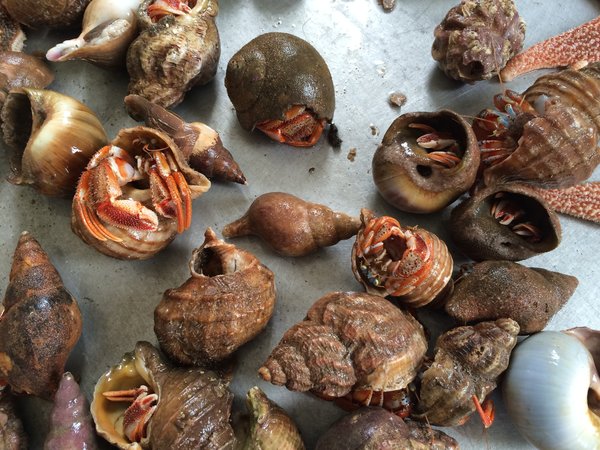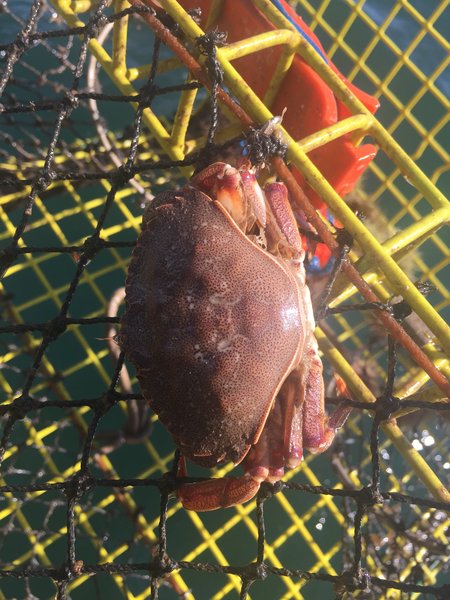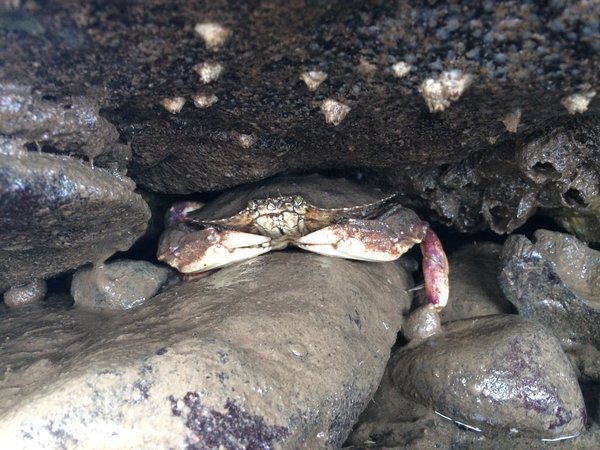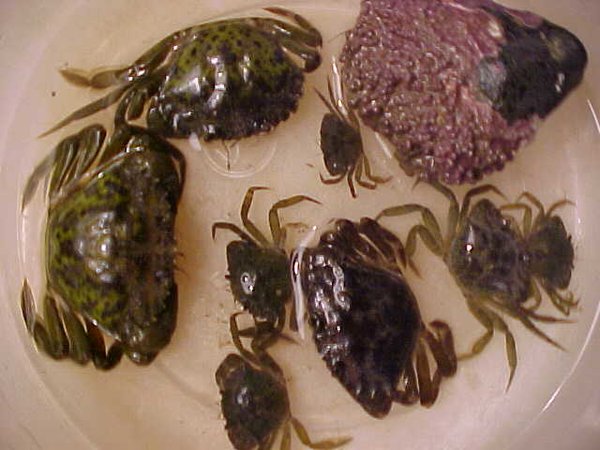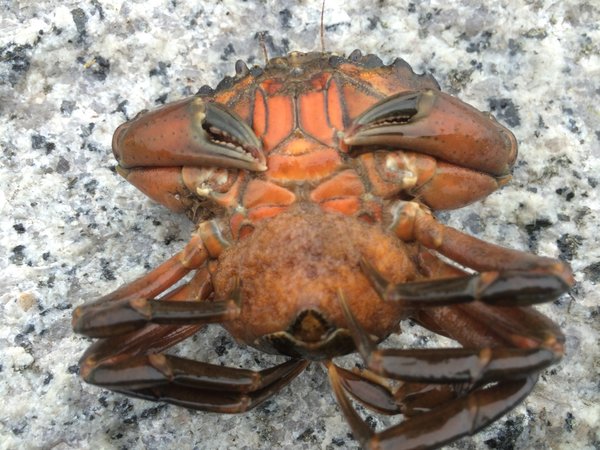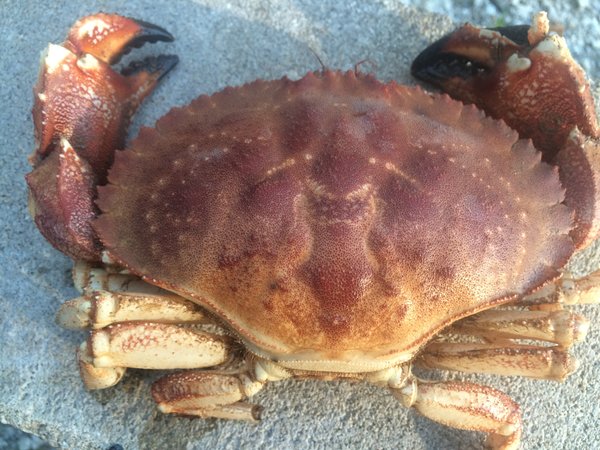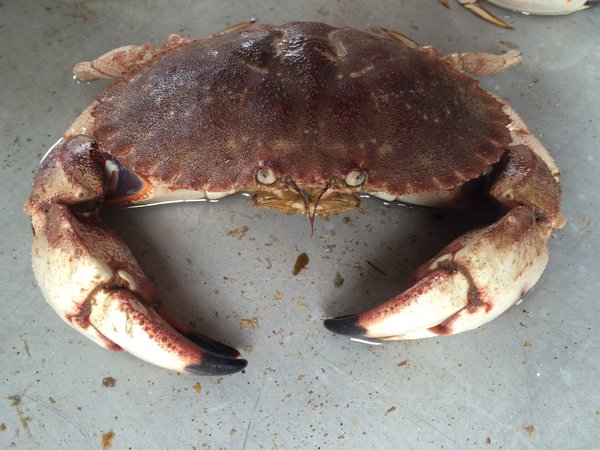Scud Amphipod (Amphipoda)
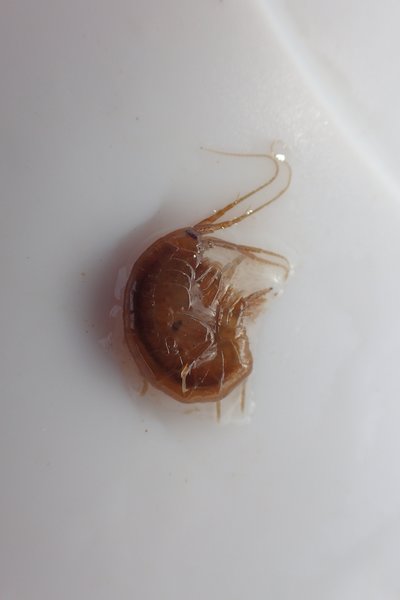

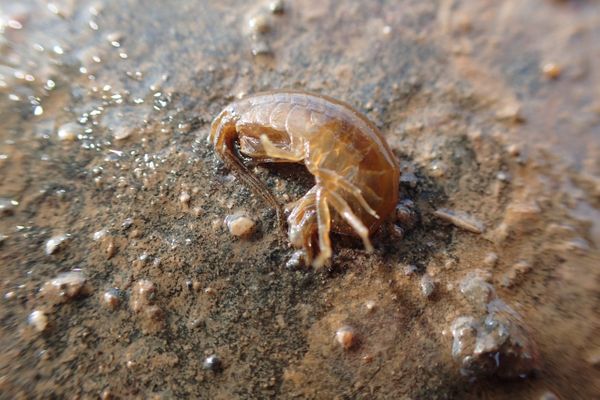
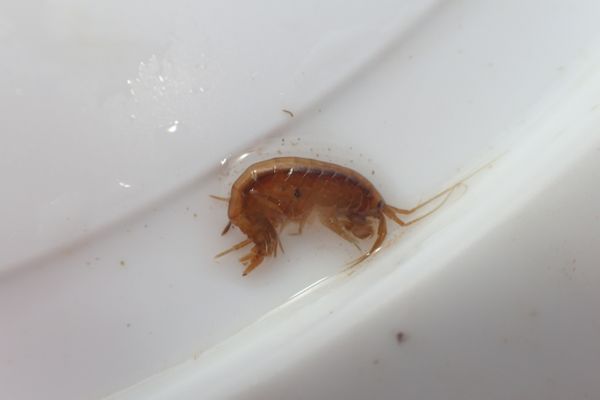


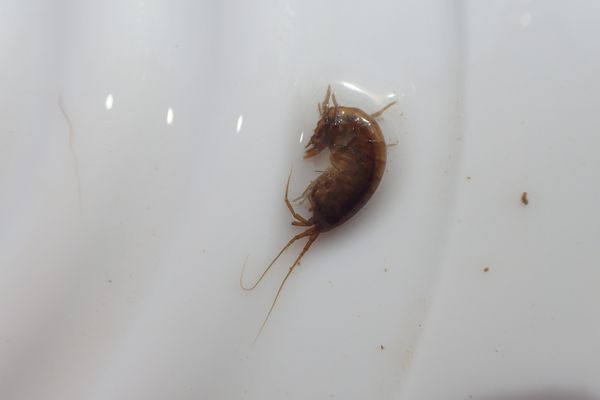
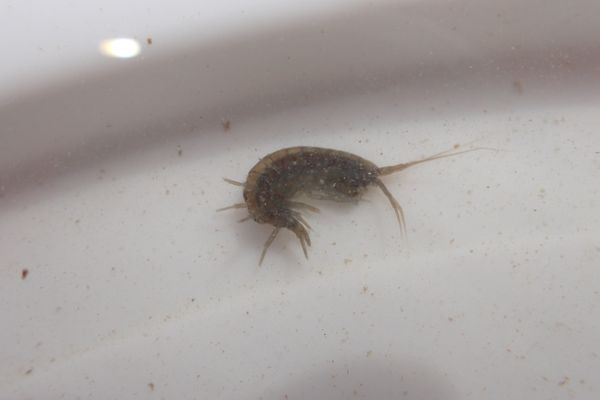
Scud Amphipod (Amphipoda)
Common name: scud
Scientific name: Amphipoda
Locations: underneath intertidal seaweed on fine substrate
Seasonality: available year round
Colors: black, dark green
Size: ¼” - ½”
Collected: by hand
Quantity: sold by the each
Tidepool Tim says, “Lift a rockweed plant up off the beach and watch these little guys “side-swim” toward the holdfast of the plant for cover. They’re usually less than ¾” long, but easy to spot in large groups. These creatures look very similar to shrimp, but look closer - they have no hard shell!”






